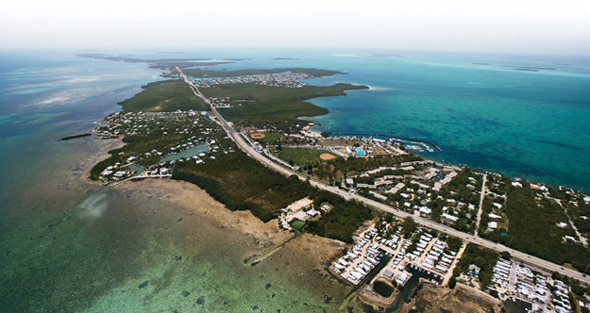Threats to Biodiversity
 What are the most significant threats to biodiversity?
What are the most significant threats to biodiversity?
Species have been evolving, changing, and dying out since life began. In fact scientists estimate that over 99 percent of the species that have ever lived are now extinct. So extinction is not new. But human activity today is causing the greatest wave of extinctions since dinosaurs disappeared. The current rate of species loss is approaching 1000 times the “typical” rate. And as species disappear, the potential contribution to human knowledge that is carried in their genes is lost.
Species diversity is related to genetic diversity. The more genetically diverse a species is, the greater its chances of surviving disturbances. So, as human activity reduces genetic diversity, species are put at a greater risk for extinction. Species diversity, in turn, is linked to ecosystem diversity. Therefore, as ecosystems are damaged, the organisms that inhabit them become more vulnerable to extinction.
How are humans influencing biodiversity?  Humans reduce biodiversity by altering habitats, hunting, introducing invasive species, releasing pollution into food webs, and contributing to climate change. Biologists compare loss of biodiversity to destroying a library before its books are ever read.
Humans reduce biodiversity by altering habitats, hunting, introducing invasive species, releasing pollution into food webs, and contributing to climate change. Biologists compare loss of biodiversity to destroying a library before its books are ever read.
MYSTERY CLUE

Easter Island probably never had the biological diversity of Hawaii and many other tropical islands. How would this affect its ability to rebound after a disturbance?
BUILD Vocabulary
ACADEMIC WORDS The adjective vulnerable means “open to attack or damage.” Fragmented habitats are more vulnerable, or more apt to be damaged, than larger undisturbed habitats because they contain fewer species and smaller populations of organisms.
Altered Habitats When natural habitats are eliminated for agriculture or for urban development, the number of species in those habitats drops, and some species may become extinct. But, habitats don't need to be completely destroyed to put species at risk. Development often splits ecosystems into pieces, a process called habitat fragmentation, leaving habitat “islands.” You probably think of islands as bits of land surrounded by water, but a biological island can be any patch of habitat surrounded by a different habitat, as shown in Figure 6–17. The smaller a habitat island, the fewer the species that can live there and the smaller their populations. Both changes make habitats and species more vulnerable to other disturbance.

FIGURE 6–17 Habitat Fragmentation Deforestation for housing developments in Florida has led to the pattern of forest “islands” shown here. Habitat fragmentation limits biodiversity and the potential size of populations.

Table of Contents
- Formulas and Equations
- Applying Formulas and Equations
- Mean, Median, and Mode
- Estimation
- Using Measurements in Calculations
- Effects of Measurement Errors
- Accuracy
- Precision
- Comparing Accuracy and Precision
- Significant Figures
- Calculating With Significant Figures
- Scientific Notation
- Calculating With Scientific Notation
- Dimensional Analysis
- Applying Dimensional Analysis




